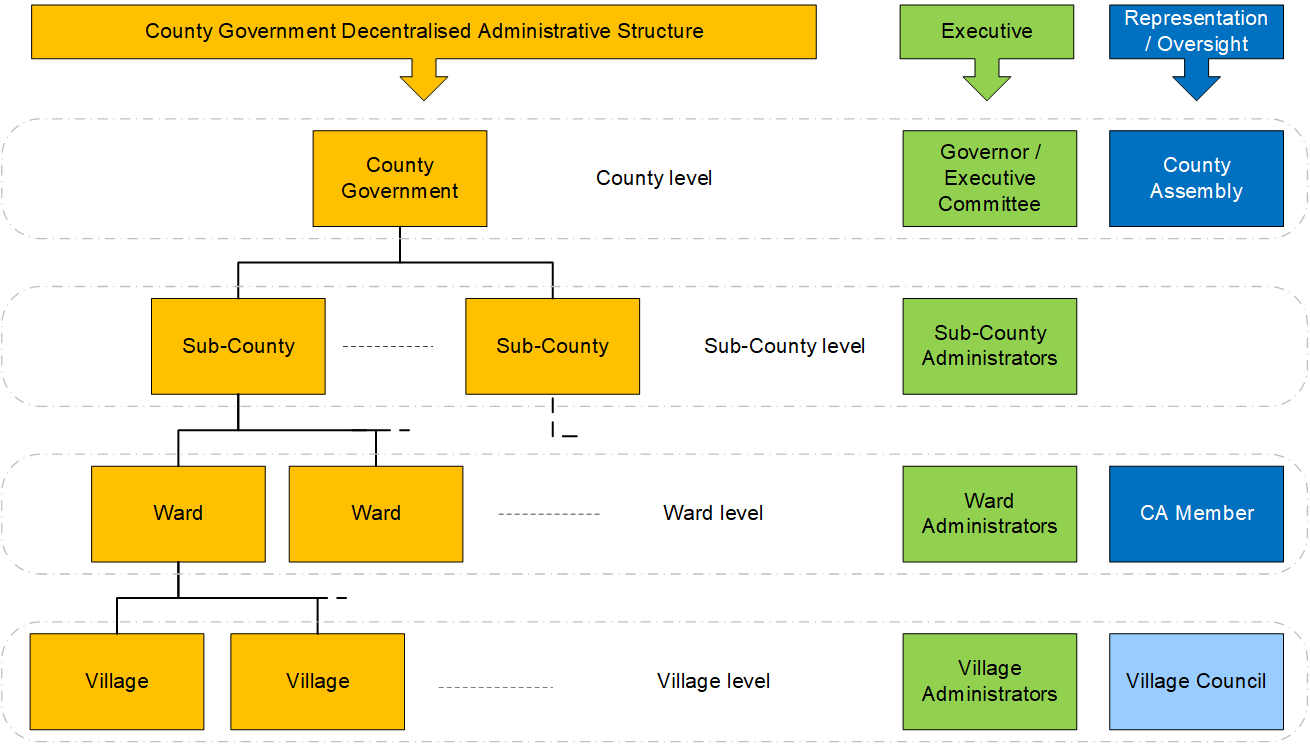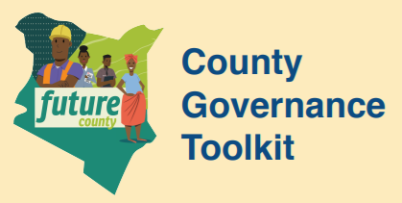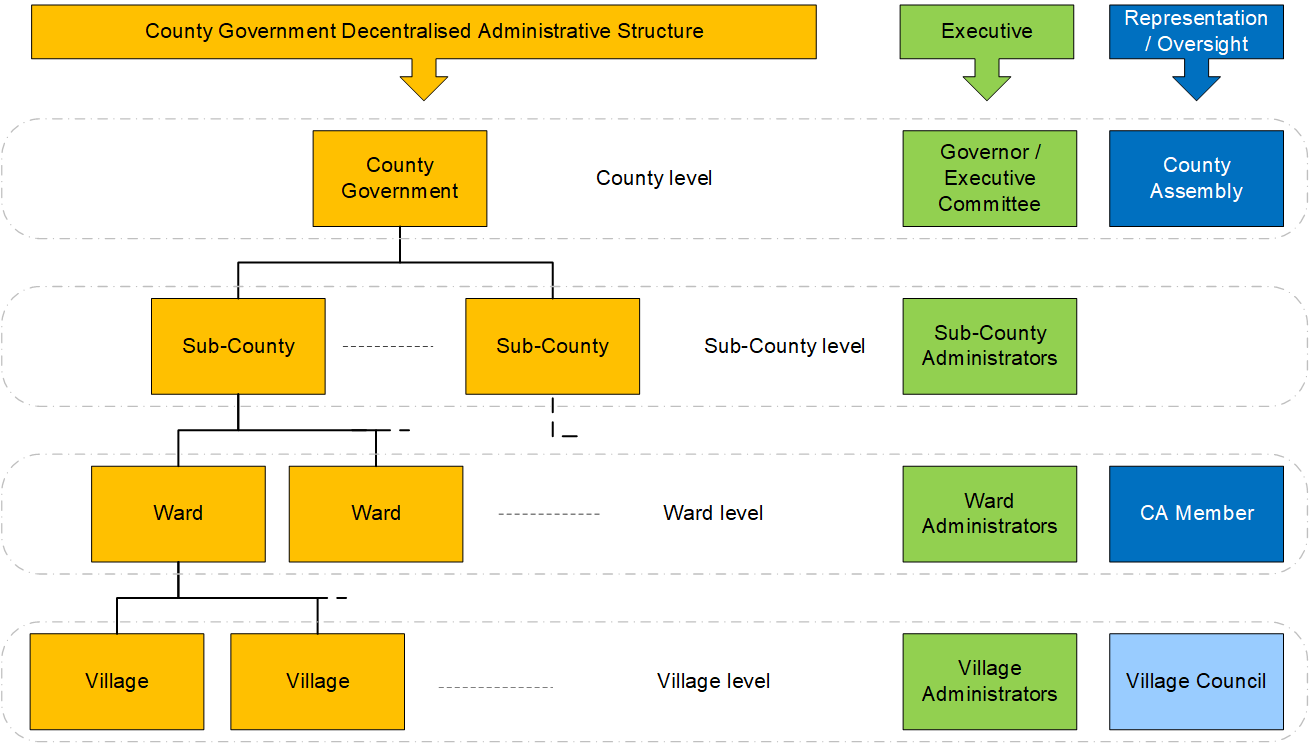Public Participation is about actions a person or group can take to get involved in issues of government or community that are of concern to them. It ensures that citizens are heard and can actively participate in decision that impact their needs.
It is one of the national principles and values of governance, and one of the key objectives of devolution “…to give powers of self-governance to the people and enhance their participation in the exercise of the powers of the State and in making decisions affecting them” (Article 174c, Constitution of Kenya).
All citizens in Kenya have the right to participate and it is their civic obligation to engage in all county governance processes. Follow the links below to explore:
- Ways to get involved in decision making, service delivery, and holding government to account, and
- What is needed for public participation to be effective
Get involved in decision making, service delivery, and holding governments to account
What is needed for effective public participation?
Below you can find a list of useful resources and more information on Public Participation
Resources
Laws and Regulations
Public Finance Management Act, 2012
Public Finance Management (County Government) Regulations 2015
Guidelines and Tools
County Public Participation Guidelines. Ministry of Devolution and Planning (MoDP), Council of Governors (CoG). 2016
What is Public Participation? Frequently Asked Questions. Citizen Participation Booklet. Uraia Trust. 2016
Jukumu Langu - Me and the County Government. State Department for Devolution and Council of Governors (CoG). 2019
Public participation in legislative practice. Factsheet no 27. Parliament of Kenya. National Assembly. 2017
The status of public participation in national and county governments. Intergovernmental Relations Technical Committee (IGRTC), 2019
What are the key principles and benefits of effective Public Participation?
Principles of effective public participation include - it should:
- be a continuous process and not a one-time event.
- provide timely and relevant information, accessible all members of the public so they are aware and are can engage in decisions that affect them.
- be inclusive and provide equal access to opportunities to participate. All citizens are provided with reasonable access to opportunities, spaces and mechanisms within their reach to governance processes. Effective public participation demands attention is given to inclusion and equity so that all groups—women and men of all ages, from marginalised communities, and persons with disabilities are engaged and their needs expressed and considered.
- have effective mechanisms to capture and process input from citizens.
- be a two-way process— with feedback to citizen given on decisions made, actions taken and results achieved by the county government. As citizen too, provide feedback on decision and the quality of services provided to the government.
Public participation has several benefits, including:
- It improves decision making and service delivery as the needs and interests of all stakeholders are considered.
- It can promote inclusion and equity in public resource allocation and service delivery; and mitigates against misunderstandings and social conflicts.
- Democracy and good governance principles of transparency and accountability are enhanced when the public is informed and can effectively participate in decisions that affect them. This enhances legitimacy and builds mutual trust and commitment between duty bearers and citizens. It can promote public acceptance and appreciation of what public officers are doing and help bridge gaps between different stakeholders—civil society, public, government and private sector.
Who is responsible for Public Participation within the County Government?
- The County Government, like other state organs, is required by law to put into place regulatory frameworks, structures and mechanisms and provide for appropriate spaces for all persons to participate i.e. women and men of all ages, those with disability and in difficult to reach in marginalized areas.
- The Governor is overall head and is responsible for public participation within the County Executive. It is the responsibility of the County Executive Committee, all the departments and all levels of the administration i.e. the sub-county, ward and village administration to undertake public participation.
- The County Assembly is required to undertake public participation in the conduct of its business with the Speaker having overall responsibility. Members of the County Assembly as representatives of their ward citizens, play important roles in consulting, presenting views and advocating for the interests of their constituents.
- The sub-county, ward and village administration are important avenues for engagement with the public. See below the administrative structure of the county government and who is responsible for each level


